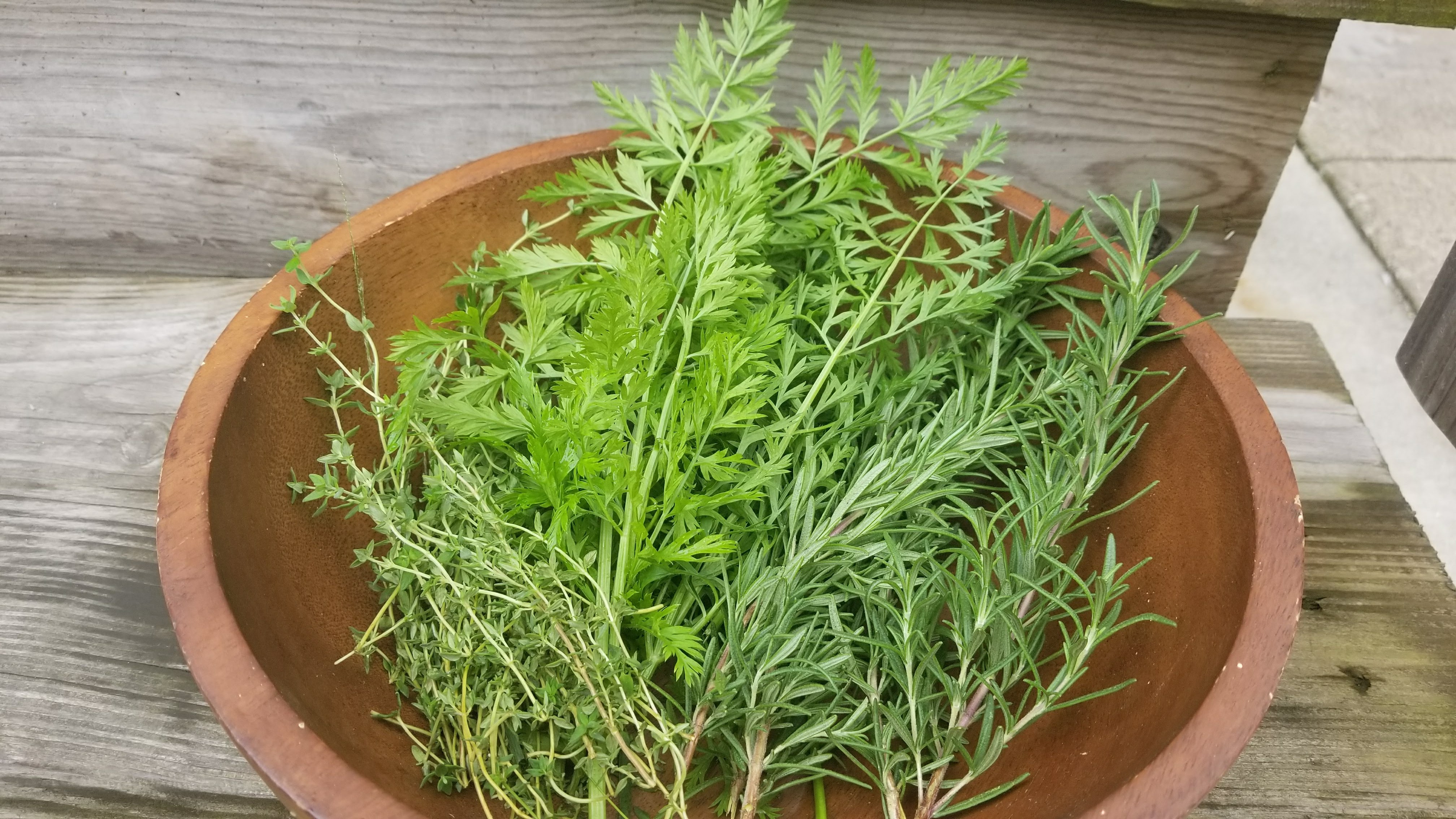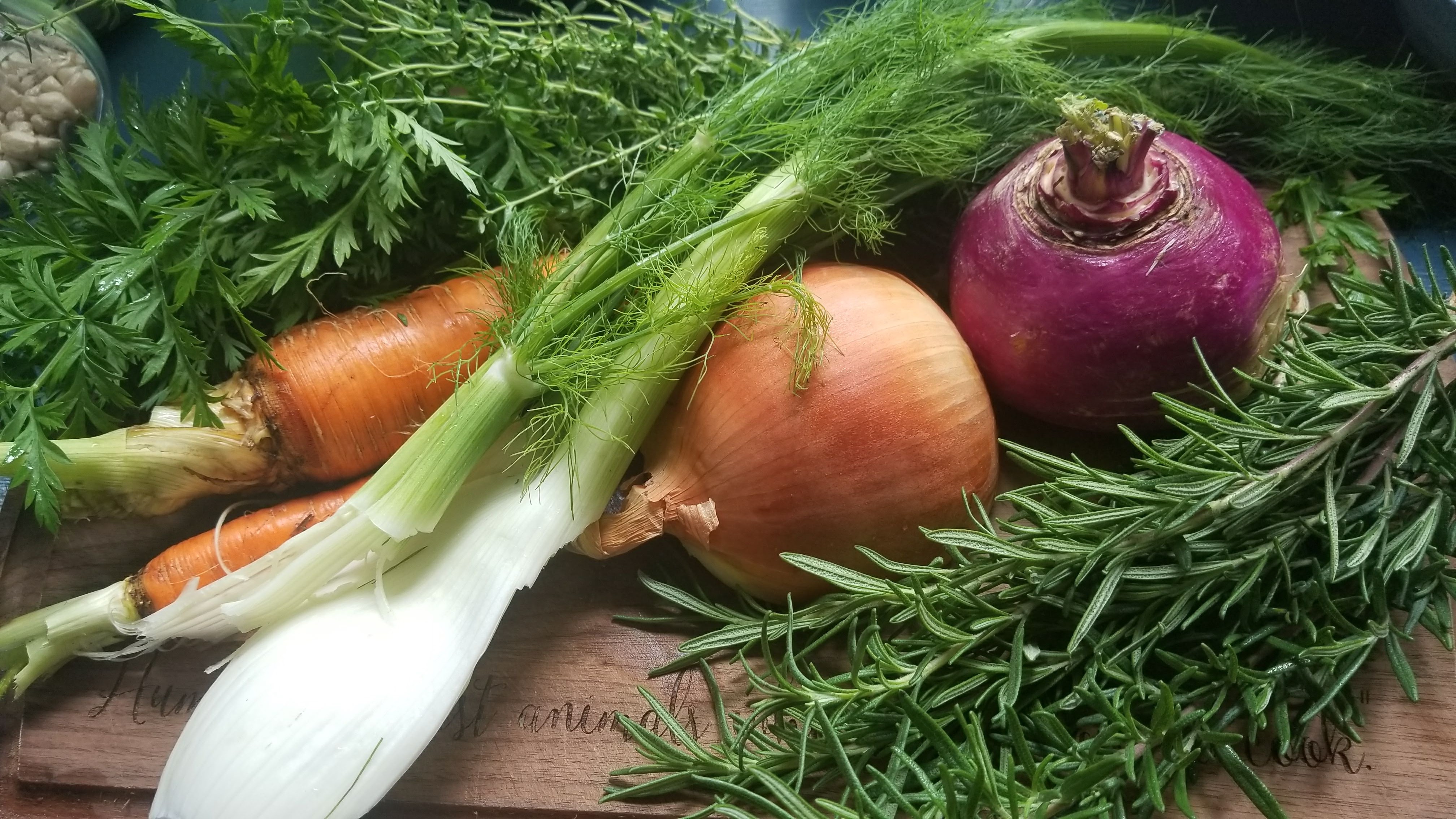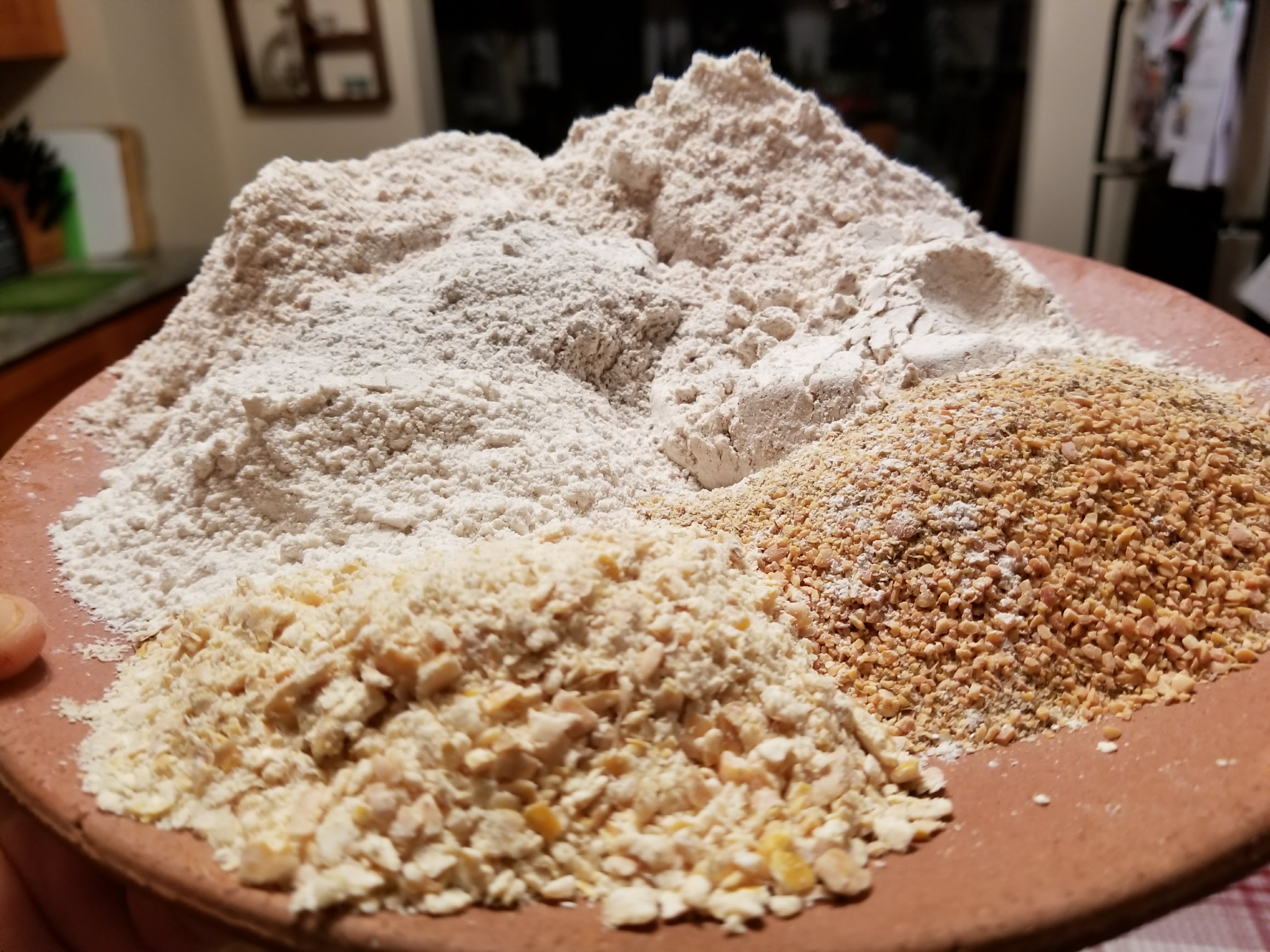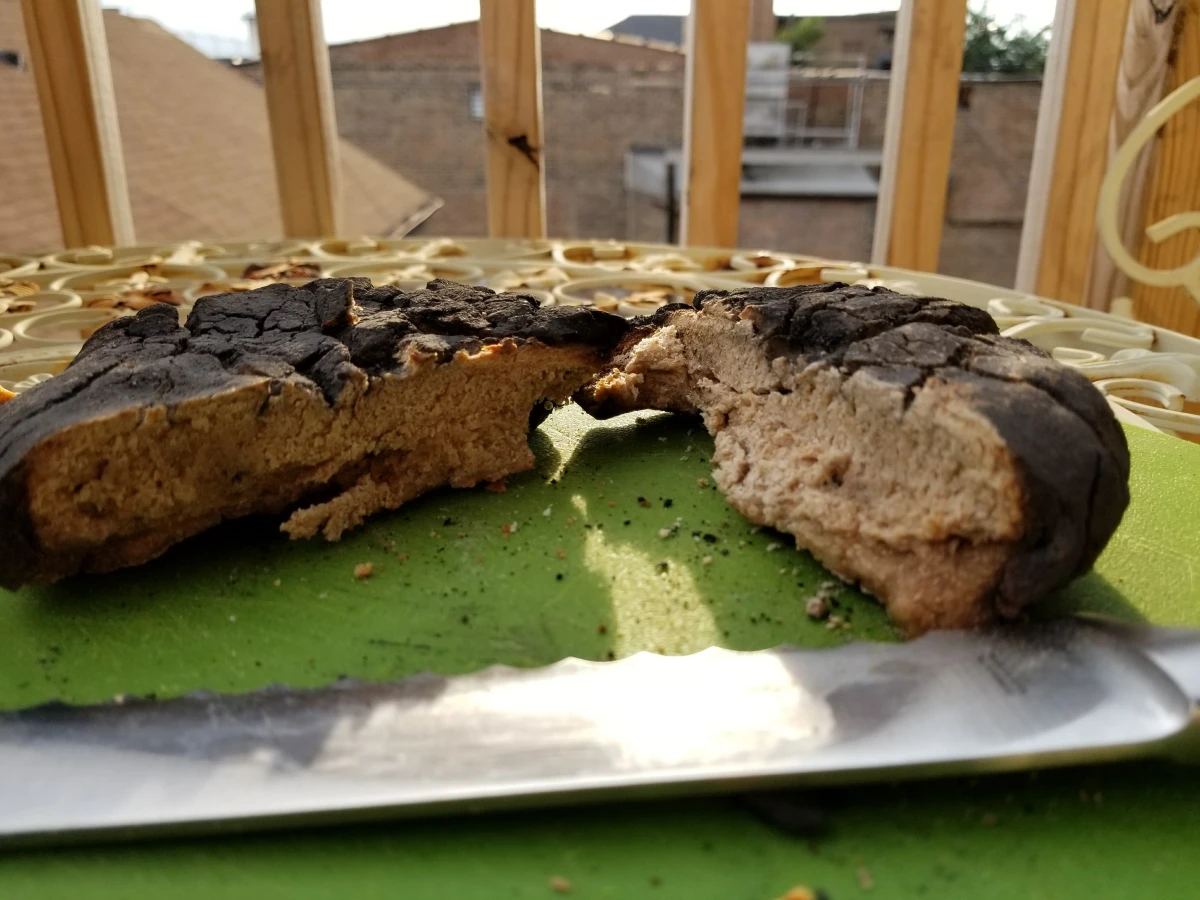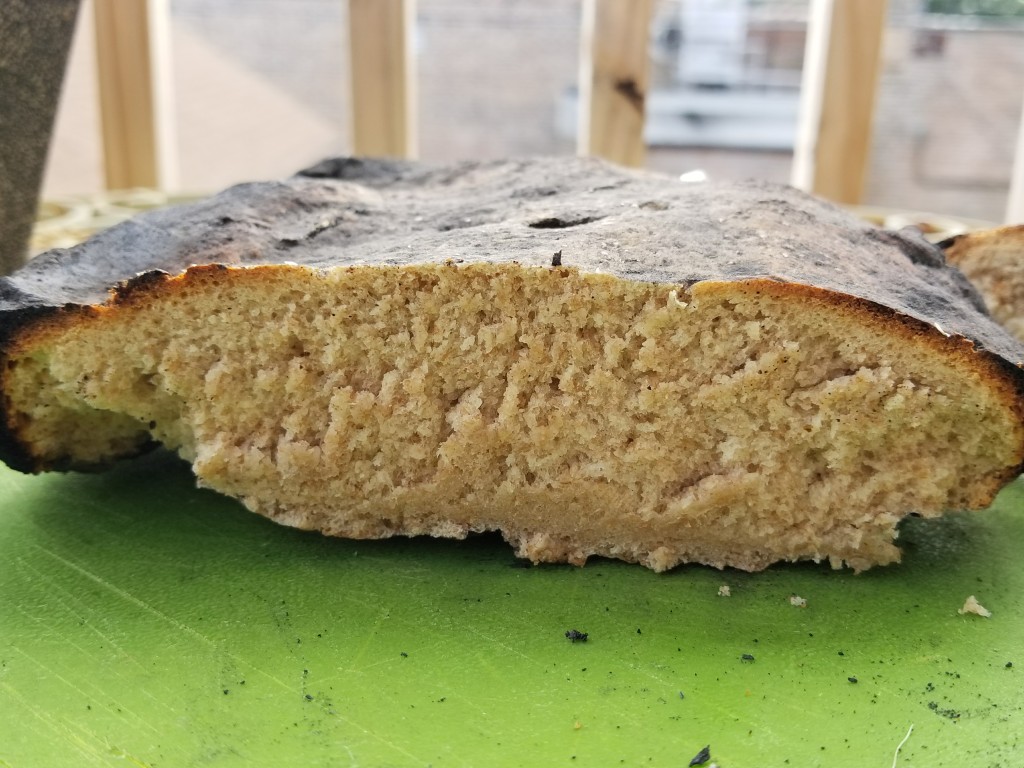This is flatbread heaven.
Before rice came to dominate Persian cuisine around the Middle Ages, all those classic Persian soups, stews, and kebabs were paired with bread, the ancient Iranian’s favorite mode of carb delivery by far.
It might even be mine! This technique is not too different from my MODERN ASH BREAD recipe, but this dough has a little less moisture, some vibrant toppings, and is of course shaped differently in that classic Persian flatbread grooved shape. It’s like pitas and breadsticks had a baby, and covered it in pungent spices.
So without much more fluff, here’s the recipe.
NAN-E-BARBARI
For Dough:
400g AP Flour
100g whole wheat flour
2 1/4 teaspoons dry yeast (or one packet)
1 3/4 cup warm water
1 tablespoon olive oil
1 tablespoon salt
Middle Eastern spices of your choice (pictured: sumac, mustard seeds, sesame seeds)
For Glaze:
2 teaspoons AP flour
1/3 cup water
1/2 teaspoon honey
1/2 teaspoon olive oil
For the spices, tradition calls for a zatar spice blend, which above all must contain sesame seeds and citrusy sumac, but after that is basically a choose your own adventure. Thyme, oregeno, cumin, and coriander are good choices, but I just went with some mustard seeds, lightly (lightly!) pounded with the sesame and sumac.
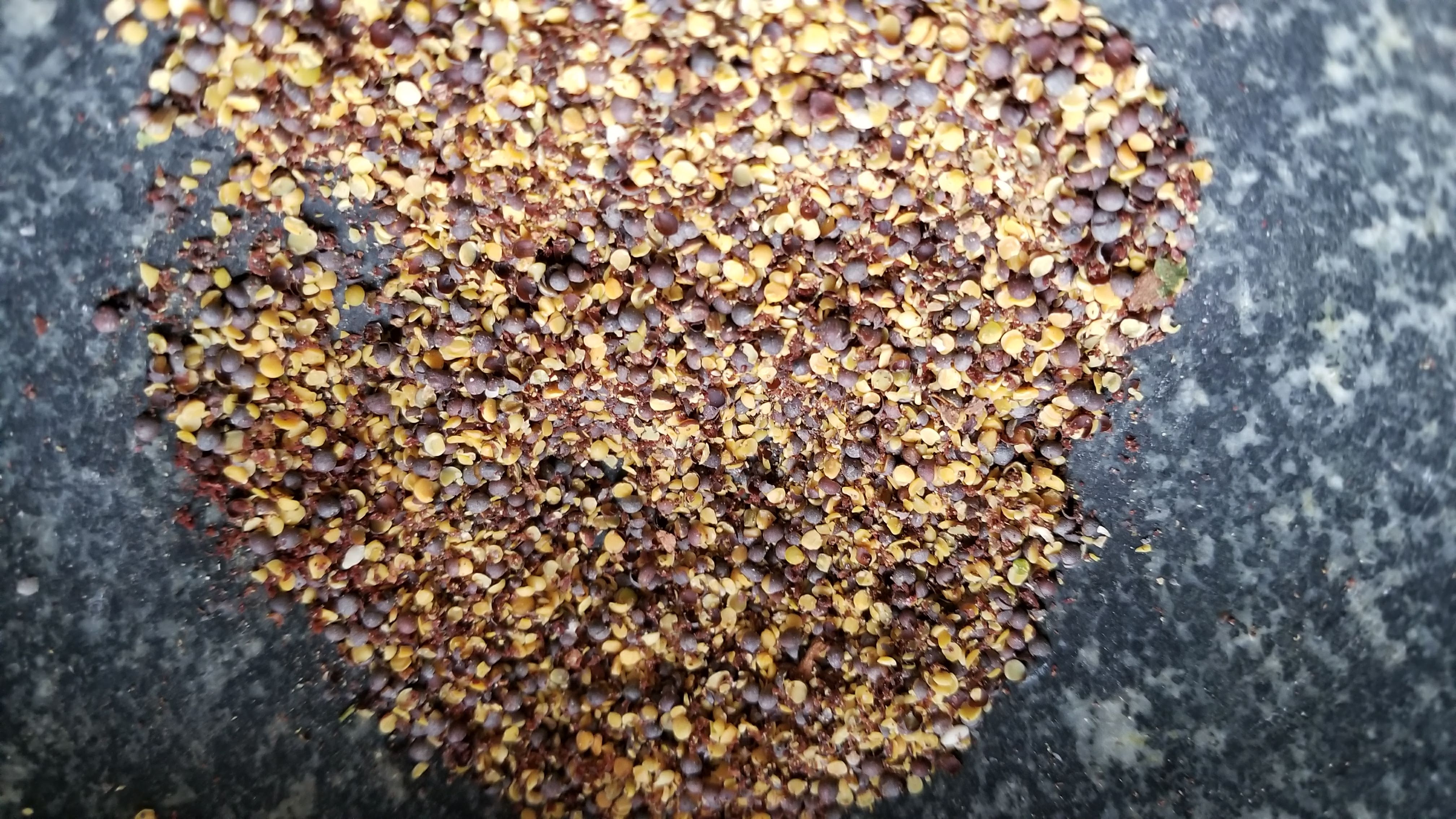
To start, activate the yeast by sprinkling it on top of the warm water. When foamy, stir in salt, olive oil, and then a third of the flour. Stir until combined, then stir in another third, and finally the last third, until what’s called a shaggy dough has formed. That just refers to a dough whose water has collected and started to combine with all the flour in the bowl, but is still very loose, unformed and… well, shaggy!
Turn onto a lightly floured surface and knead for 10 minutes until smooth and springy. You know the drill. Lightly oil a bowl and let the dough proof, or rise. Many recipes for Persian flatbread are relatively quick, and call for just one hour of leavening time. I like to push it a little further for flavor and texture, a minimum of 4 hours, covered in a warmish place.
Whether for just one hour or four, after you’ve proofed the dough, turn it back out onto the floured surface and divide in two. Shape each half into a rough log, a little less than a foot in diameter. Cover lightly with plastic right on the same surface, and let rise one more hour.
Meanwhile, preheat the oven AS HOT AS YOU CAN GET IT. Traditionally, this bread should be baked in a blazing hot wood oven, almost like pizza. But you can still make it at home by cranking the oven.
Also meanwhile, make your glaze. A glaze?? For bread?? (you might say). This is an ancient technique to generate a little steam and also accelerate the heat transfer in the oven, giving the bread a beautiful, crispy sheen. It’s worth the little bit of trouble!
To make it, simply stir all the ingredients together in a small pot over medium heat, moving and scraping constantly until the mixture thickens into a loose paste. Should only take 2 minutes. When ready, take off the heat and set aside.
After the two not-yet-flatbreads have finished their final rise, dust two baking sheets with semolina flour or cornmeal. Then, lightly press and stretch the logs of dough into long rectangles, about an inch thick. Use your fingers to make 3 grooves longways down the flatbread.
Now brush the dough with the glaze all over and have a great time sprinkling that delicious spice mixture all over the surface. Gently transfer to semolina coated baking sheets by hand, and bake for 18-20 minutes, until golden brown.
Let cool, and slice into desired sizes. It’s also kind of fun to just leave it whole.
You can pair this with just about anything, but it really should be some kind of Persian stew or meat skewer. Here it is with some Ghormeh Sabzi , a fragrant herb and goat stew.


Don’t miss it!



